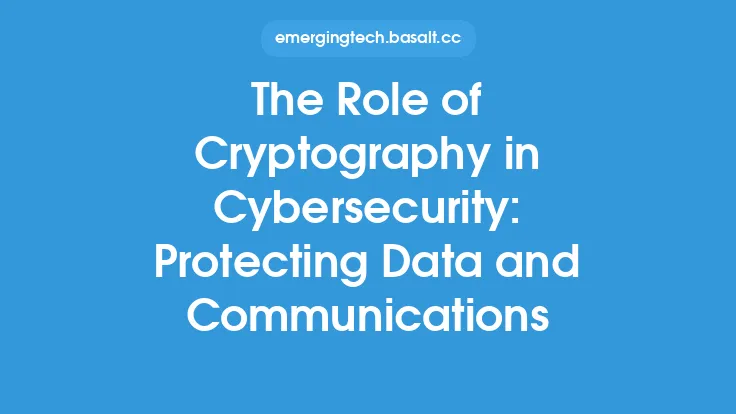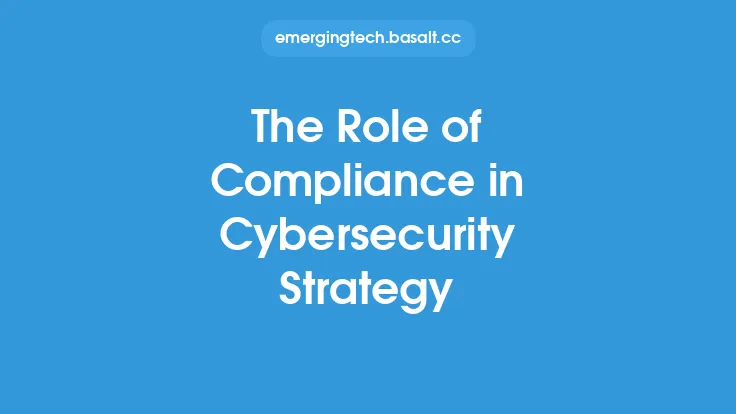Human error is a significant contributor to cybersecurity breaches, and it is essential to understand the role it plays in compromising the security of individuals and organizations. Cybersecurity breaches can occur due to various reasons, including phishing attacks, weak passwords, and unpatched vulnerabilities. However, human error is often the root cause of these breaches, as it can lead to the exploitation of vulnerabilities and the success of social engineering attacks.
Introduction to Human Error in Cybersecurity
Human error refers to the mistakes or actions taken by individuals that can compromise the security of a system, network, or organization. These errors can be intentional or unintentional and can occur due to various reasons, including lack of awareness, inadequate training, or simple mistakes. Human error can manifest in various ways, including clicking on phishing emails, using weak passwords, or failing to update software and systems regularly. According to a study, human error is responsible for approximately 90% of all cybersecurity breaches, highlighting the need for organizations to focus on mitigating this risk.
Types of Human Error in Cybersecurity
There are several types of human error that can contribute to cybersecurity breaches. These include:
- Lack of awareness: Individuals may not be aware of the latest cybersecurity threats and best practices, making them more vulnerable to attacks.
- Inadequate training: Employees may not receive adequate training on cybersecurity policies and procedures, leading to mistakes and errors.
- Carelessness: Individuals may be careless when using systems and networks, such as clicking on suspicious links or using weak passwords.
- Complacency: Employees may become complacent and ignore security protocols, such as failing to update software and systems regularly.
- Social engineering: Individuals may be tricked into divulging sensitive information or performing certain actions that can compromise security.
Consequences of Human Error in Cybersecurity
The consequences of human error in cybersecurity can be severe and far-reaching. These include:
- Data breaches: Human error can lead to the unauthorized access of sensitive data, resulting in data breaches and compromised confidentiality.
- Financial losses: Cybersecurity breaches can result in significant financial losses, including the cost of remediation, legal fees, and reputational damage.
- Reputational damage: Organizations that experience cybersecurity breaches due to human error may suffer reputational damage, losing the trust of customers and stakeholders.
- Regulatory penalties: Organizations that fail to implement adequate cybersecurity measures may face regulatory penalties and fines.
Mitigating Human Error in Cybersecurity
Mitigating human error in cybersecurity requires a multi-faceted approach that includes:
- Security awareness training: Providing regular security awareness training to employees can help educate them on the latest cybersecurity threats and best practices.
- Policies and procedures: Implementing and enforcing robust cybersecurity policies and procedures can help prevent mistakes and errors.
- Technical controls: Implementing technical controls, such as firewalls and intrusion detection systems, can help prevent and detect cybersecurity breaches.
- Incident response planning: Having an incident response plan in place can help organizations respond quickly and effectively to cybersecurity breaches.
- Continuous monitoring: Continuously monitoring systems and networks can help detect and prevent cybersecurity breaches.
Best Practices for Mitigating Human Error
To mitigate human error in cybersecurity, organizations should implement the following best practices:
- Conduct regular security awareness training: Provide regular security awareness training to employees to educate them on the latest cybersecurity threats and best practices.
- Implement robust cybersecurity policies: Implement and enforce robust cybersecurity policies and procedures to prevent mistakes and errors.
- Use technical controls: Implement technical controls, such as firewalls and intrusion detection systems, to prevent and detect cybersecurity breaches.
- Monitor systems and networks: Continuously monitor systems and networks to detect and prevent cybersecurity breaches.
- Encourage a culture of security: Encourage a culture of security within the organization, where employees feel empowered to report suspicious activity and take an active role in preventing cybersecurity breaches.
Technical Measures to Mitigate Human Error
In addition to the best practices mentioned above, there are several technical measures that can be implemented to mitigate human error in cybersecurity. These include:
- Multi-factor authentication: Implementing multi-factor authentication can help prevent unauthorized access to systems and networks.
- Encryption: Encrypting sensitive data can help protect it from unauthorized access.
- Intrusion detection and prevention systems: Implementing intrusion detection and prevention systems can help detect and prevent cybersecurity breaches.
- Firewalls: Implementing firewalls can help prevent unauthorized access to systems and networks.
- Regular software updates: Regularly updating software and systems can help prevent vulnerabilities and exploits.
Conclusion
Human error is a significant contributor to cybersecurity breaches, and it is essential to understand the role it plays in compromising the security of individuals and organizations. By implementing security awareness training, robust cybersecurity policies, technical controls, and incident response planning, organizations can mitigate the risk of human error and prevent cybersecurity breaches. Additionally, encouraging a culture of security and implementing technical measures, such as multi-factor authentication and encryption, can help prevent and detect cybersecurity breaches. By taking a proactive approach to mitigating human error, organizations can help protect themselves from the consequences of cybersecurity breaches and ensure the confidentiality, integrity, and availability of their systems and data.





